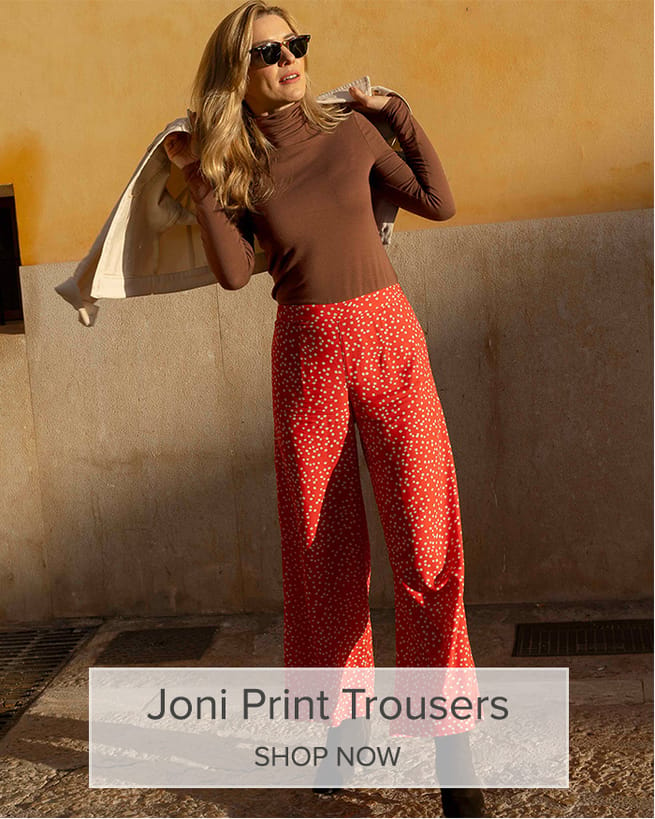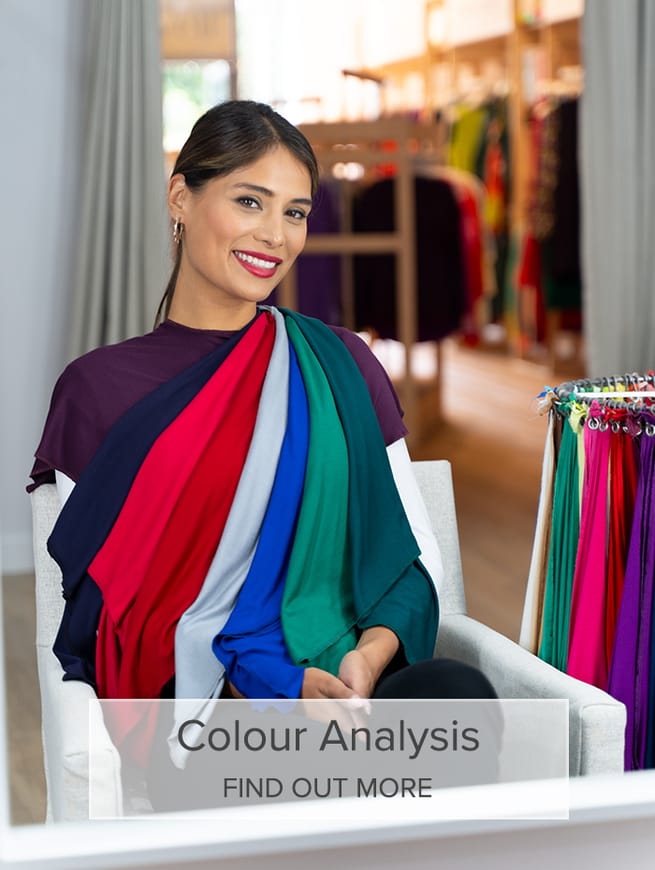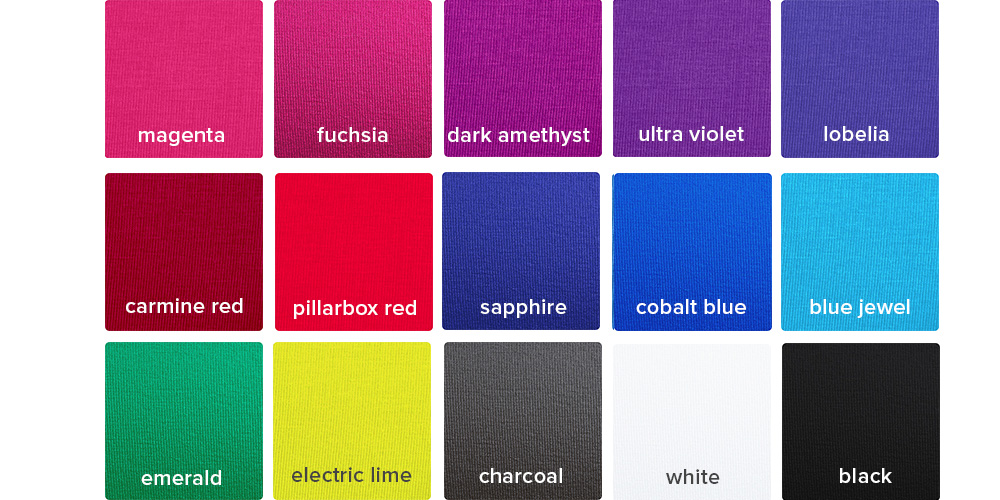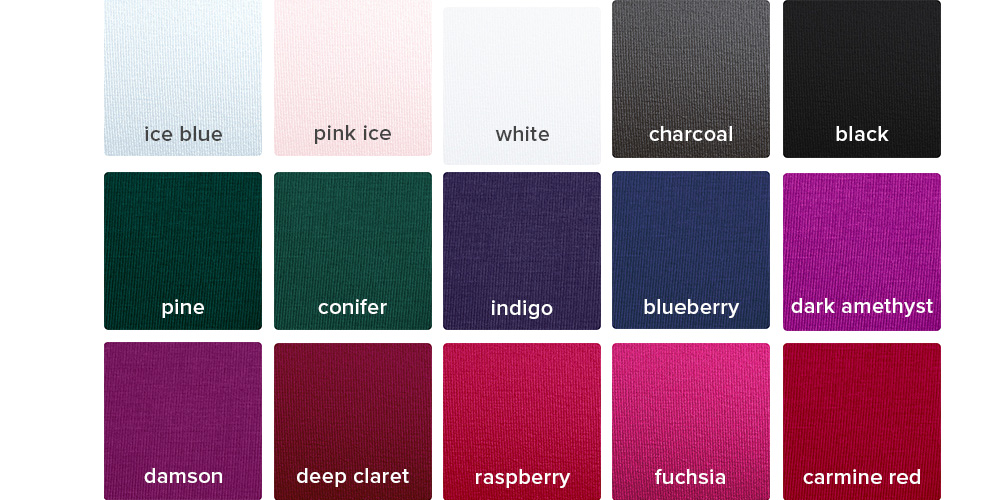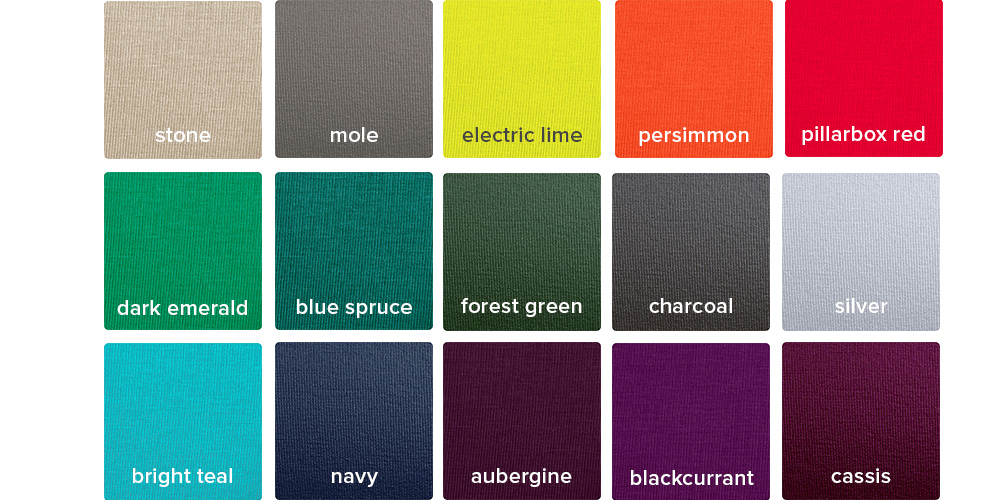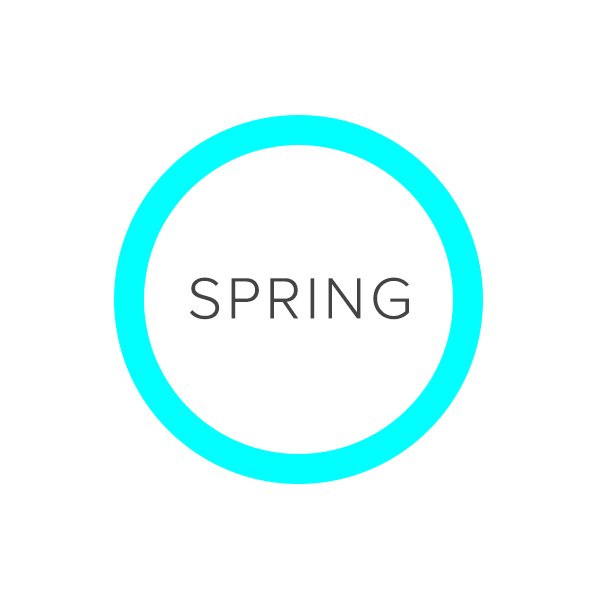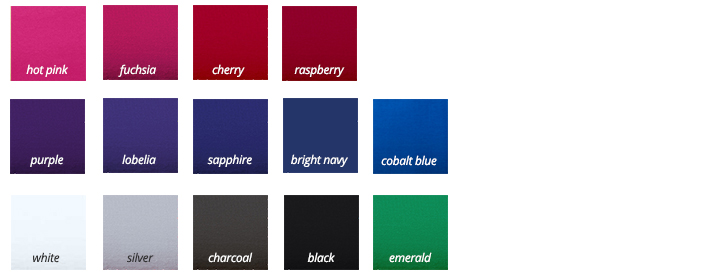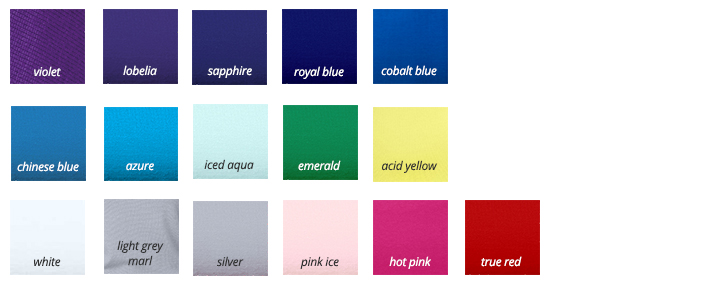The Different Types of Winters

The Winter palette is cool, clear, saturated and high contrast. It contains everything from icy turquoise to jewel bright fuchsia, through to stark black and white. Knowing your seasonal sub-type means knowing which colours from your wider palette will work best for you, and give you guidance on the best way for you to combine colours to feel your most authentic, confident self.
Let’s explore the sub-types within the Winter palette, and discover how knowing your sub-type can open up even more amazing colours for you.
Do remember that your seasonal type is a guide. It doesn’t mean you can’t ever go near colours from other areas of the Winter palette, just that this particular area is the very best part for your own skin tone and contrast level. Remember that all of the colours within your wider seasonal palette will also work for you, and will harmonise with your sub-type ‘wow’ colours.
True Winter
This is the classic Winter palette, also known as Jewel Winter. The True Winter person (and their palette) has an even balance of Winters cool, clear and high contrast characteristics
True Winters often (although definitely not always!) look like the ‘classic’ Winter - they can have very dark hair, fair skin and bright eyes. Their skin can be any colour, but that feeling of contrast generally remains - either between hair and skin tone, or between skin/hairs and bright whites of eyes and teeth.
Because you sit right in the middle of the Winter palette - there is no ‘leaning’ towards any of the other three seasons, by being deeper, softer, warmer or cooler - the best colours for these True Winters really are, very simply, the colours of the Winter palette! Cheating on your palette by shopping from colours in another palette is never going to work as well for you as one of the other types of Winter, who can push into their neighbouring season. The flip side is that you look the best in the widest range of Winter colours, as you really do sit bang in the middle of this palette. This means that it isn’t often helpful to add a tonal direction to the shopping filter on the Shop by Colour page, as adding in colours from other seasons rarely helps you - simply choose from the full Winter palette and you’ll never go far wrong!
You still have your own very best core of colours though. They are, unsurprisingly, the most definitively Winter colours. They can be any shade, from fuchsia pink to emerald green and black and white, but they all share the characteristics of coolness, contrast and brightness that you also hold.
When it comes to colour combining, you generally do high contrast within your outfit incredibly well - either pairing a neutral and a bright, or two or more brights within your outfit. If your outfits feel a little flat, adding in some more contrast between colours or levels of light and dark within your outfit can bring you back to your bold Winter self!
Bright Winter
Also known as a Sprinter Winter, the most dominant characteristic of Bright Winters is the clarity and brightness of their look, more than the coolness or contrast (which they also hold, but to a lesser degree).
Bright Winters very often look like they might be Springs, with lighter brown or blonde hair and bright blue eyes. They can have any skintone and hair colour though, and the dominant characteristic is that brightness in the eyes and skin when flattered with their best colours.
Bright Winter falls at the less cool toned end of the Winter palette, and if you viewed all four seasons as one continuous spectrum of colour, then Bright Winter’s colours would fall nearer to Spring than to Summer or Autumn.
Bright Winter’s best colours are usually clear, bright blues, bright neon pinks, and true reds, as well as icy colours.
You will almost certainly look your best with a good degree of contrast within your outfit - mix light and dark tones, as well as unexpected colour combinations, for a high contrast look that will highlight the contrast and brightness within your own features.
The dominant tonal direction for this seasonal sub-type is Clear, so you can visit Shop by Colour and filter for the Clear dominant tonal direction for more colours which you might love (if you want to read more about how tonal directions relate to seasons, this post is a great starting point).
Cool Winter
Also known as a Sultry Winter, the most noticeable characteristic of Cool Winters is the coolness in their skin, hair and eye colour, although this still retain Winter’s clear and (very often also noticeable) deep traits too.
Cool Winters can have almost any colouring, although generally they have slightly less contrast between hair and skin than True or Bright Winters. They very often take on an extreme sallow look when wearing any yellow tones at all. Eye colour is often brown.
Cool Winter falls at the very coolest, most blue toned end of the Winter palette, and if you viewed all four seasonal palettes as one continuous spectrum of colour, the Cool Winter’s colours would fall nearer to Summer than to Spring or Autumn.
Cool Winter’s best colours have absolutely zero warmth to them. Cool pinky purples, darkest pine green, purplish indigo and navy, along with crisp white or bluey silver.
While most Winters suit contrast when combining colours, your tendency to sit towards the Summer end of the Winter palette can mean that you prefer a little less contrast within your outfit, although some light/dark or neutral/bright contrast can bring your look to life. Be led by what feels best!
The dominant tonal direction for this seasonal sub-type is Cool, so you can visit Shop by Colour and filter for the Cool dominant tonal direction for more colours which you might love (if you want to read more about how tonal directions relate to seasons, this post is a great starting point).
Deep Winter
Also known as Burnished or Dark Winter, the most dominant characteristic of these Winters is the depth of their look. They still retain Winter’s coolness and clarity but depth is the predominant trait.
Deep Winters often look like Autumns, with red glints in their hair and hazel eyes. They can have a range of skin tones, and often have less contrast between hair and skin than Bright or True Winters.
Similarly to Bright Winters, Deep Winters also sit at the less cool end of their palette, but this time if you were to view all four seasons as a continuous spectrum of colour, instead of sitting towards the light Spring palette, Deep Winters sit towards the deep and soft Autumn palette. This means that although all of Deep Winter’s colours have coolness (blue) to them, they are beginning to acquire just a hint of that brown tone of Autumn.
Deep Winter’s best colours feature plenty of shades (colours with black added, which makes them deeper and richer). Mole, burgundy and electric lime all feature, along with navy and stone as neutrals.
Since colour combining is very often about reflecting our own features, you may well find that sticking to a reasonable degree of contrast, with rich tones added, works well for you.
The dominant tonal direction for this seasonal sub-type is Deep, so you can visit Shop by Colour and filter for the Deep dominant tonal direction for more colours which you might love (if you want to read more about how tonal directions relate to seasons, this post is a great starting point).
To read about the other seasons, use the links below:
This is the last of four blog posts, exploring the different 'types' of each season. When discussing each season I will try to use the most commonly understood terms of each type, but please do contact us if you feel we've and missed out a term that would help colour analysis clients understand their season.
And we've reached the final week! We've spent the past three weeks exploring the different types of Springs, Summers and Autumns, and this week we finish up with Winter.
These guides are intended to help you understand how each 'type' of season can vary within one palette, and help you to understand your own season as far as possible. Remember, it's important to note that your seasonal type is a guide, not a rule book. If you fall at one end of, say, the Summer palette, it doesn't mean you can't ever wear colours from other areas of the palette you may have been given, just that this particular area is the very best part of the best palette for your personal skin tone and contrast level.
This week, we'll be looking at Winter colours.
Jewel/True Winter
This is the palette most of us visualise when we think of the Winter colours. Boldest scarlet, bright white and true black. These colours all play at the extremes of light, dark and bright.
True Winters are high contrast, bold and bright, and often have high contrast in their colouring, perhaps in the form of very dark hair with fair skin or bright blue/green eyes.
Your best colours as a True Winter are holly berry red, emerald green, cobalt blue and stark black and white, all worn in high contrast.
Your best Kettlewell colours: hot pink, fuchsia, cherry, raspberry, purple, lobelia, sapphire, bright navy, emerald, white, silver, charcoal, black.
Bright/Clear/Sprinter Winter
A Bright Winter is, dare I say it, even brighter than a True Winter. The colours have a little of Spring's lightness added to them (although they still sit on the cool side of that warm/cool dividing line), making them almost fluoro versions of True Winter's palette.
Bright Winters can often look like Springs with clear blue eyes and blonde hair, or like Summers, with their brightness only appearing when they wear their bold Bright Winter colours.
Your best Bright Winter colours are shocking pink, Chinese blue, icy greys and acid yellow.
Your best Kettlewell colours: Hot pink, true red, violet, lobelia, sapphire, royal blue, cobalt blue, chinese blue, azure, emerald, acid yellow, iced aqua, white, pink ice, light grey marl, silver.
Cool/Sultry Winter
A Cool Winter sits at the more exotic end of the Winter palette, losing some of the brightness of the True and Bright Winters and gaining some extra darkness.
Cool Winters often have slightly deeper colouring than their brighter counterparts, and are often (unsurprisingly, given the name!) extremely cool toned and turn positively yellow in anything with even a hint of warmth in it.
Your best colours are charcoal grey, deepest indigo and navy and burgundy, and very pale grey is often a better pale neutral than stark white.
Your best Kettlewell colours: mulberry, deep claret, dark red, raspberry, cassis, navy, pine, soft grey, light grey marl, silver, charcoal, black.
Burnished/Deep/Dark Winter
A Deep Winter can be a tricky one to analyse. Often carrying hints of a warm look, perhaps a bit of red in the hair or a glimpse of amber in the eye colour, they actually sit closer to the Autumn end of the Winter palette, while still needing those cooler Winter colours rather than Autumn's golden tones.
Your best colours as a Burnished Winter are some of the least obviously Winter colours of the palette, such as stone, mole grey and pine green.
Your best Kettlewell colours: passion flower, deep claret, true red, cassis, aubergine, purple, navy, mallard, forest green marl, pebble grey, light grey marl, mid grey, mole.



